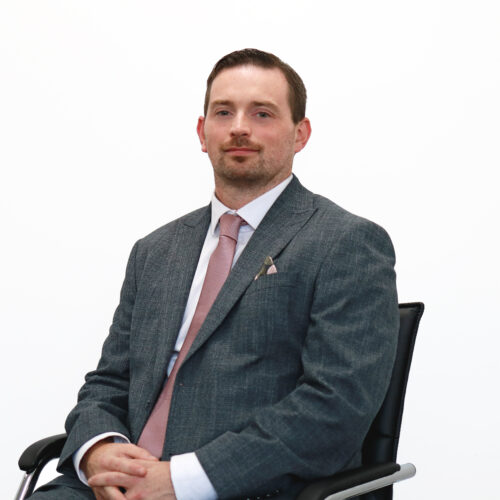People Trafficking, Slavery and the Fine Line Between Victim and Perpetrator
Human trafficking, and the exploitation of trafficked people is big business in the UK. The victims of this cruel trade are often extremely poor, fearful, and vulnerable. They are sold a dream by their traffickers but experience a nightmare. Forced into prostitution, or to work for little or no pay they sleep 10 to a room in filthy houses with no electricity or running water. They have no choice but to wash in canals and rivers and beg for food and cigarettes and no way of returning home. Modern slavery is happening in every town and every city in England.
According to the Law Society the number of adults and children illegally trafficked to, and within the UK is rising significantly. In an attempt to control the problem the government introduced new law (The Modern Slavery Act 2015) and set up a national referral mechanism for the identifying and supporting of victims.
The referral statistics have shown a yearly rise from around 1,800 cases in 2013 to just under 7,000 in 2018. It may be that the legislation and the increasing awareness of the prevalence of trafficking has led to more victims being identified rather than more victims per-se but either way the numbers are rising exponentially.
In trafficking cases there can be a very fine line between a perpetrator and victim, in fact, sometimes the line is blurred and victims can become perpetrators whilst remaining under the control of their traffickers. Section 45 of the Modern Slavery Act affords a defence to those who can show that they are a victim of slavery or exploitation if they committed a crime as a result of being exploited.
The defence under s45 was brought into force to align English law with the EU Directives on the non-prosecution of victims of trafficking for crimes which they have committed as a result of exploitation. Ison Harrison have been able to persuade the police to refer our clients who are also active suspects into the national referral mechanism. If the police / CPS can be persuaded that the suspect is in fact a victim (even if they are also a perpetrator) then that person should avoid prosecution.
In practice it is very important to be aware of the s45 defence and to using it in cases involving victims of trafficking. A failure to do so could have serious consequences for the client; and professionally if the defence is not formally raised at trial and the client subsequently appeals conviction.
There have been a number of cases on the point recently:
In R v O the court emphasised the duty of both prosecutors and defence lawyers to make proper enquiries in criminal prosecutions involving individuals who may be victims of trafficking. In that case, a 17-year old defendant was sentenced by the Crown Court to a period of imprisonment without reference to the relevant protocols by either the prosecution or defence, and without reasonable enquiries having been made as to the defendant’s trafficking history.
It is important to be aware that modern slavery and human trafficking can affect British national victims within the UK also. This is commonly seen within the context of ‘county lines’ drug dealing. Often children are used by organised gangs to traffic drugs using dedicated mobile phone lines across ‘county lines’ and into (often) rural communities. Often violence and intimidation is used to force those who are recruited to continue dealing illegal drugs and recruiting others to do the same.
It is often overlooked that defendants in such cases are also victims of trafficking and a modern slavery s45 defence should be considered.
Ison Harrison defended suspects in two of the largest criminal trials involving trafficking and exploitation in West Yorkshire and currently represent others who are being investigated in similar cases throughout the UK.




















